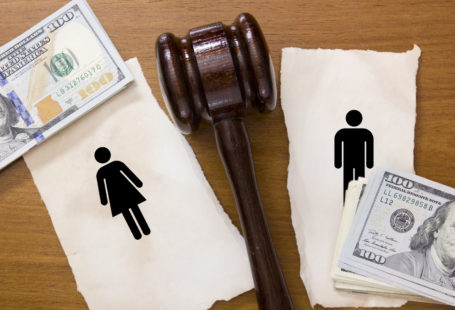If you’ve been injured as the result of another party’s negligence, you can often pursue compensation for your medical bills and other damages. You will begin this process by filing a claim or lawsuit to collect from the negligent party’s insurance.
Naturally, personal injury victims are eager to receive the compensation they believe they deserve. If you’re planning on filing a personal injury claim, you might be wondering how long it will take to arrive at a settlement.
There’s no way to state with absolute certainty how long your case will take. A number of factors can influence the length of a personal injury case.
That said, you may find it useful to learn about the general timeline of a basic personal injury case. This can help you understand how long your case may continue before you receive compensation.
A Basic Personal Injury Case Timeline
Personal injury cases come in many forms. The type of personal injury claim or lawsuit you file is one factor that may affect the timeline of your case. For example, it can often take longer to resolve a complex medical malpractice case than it would take to resolve a basic slip and fall case.
In general, though, the timeline of a personal injury case will often involve the following steps:
The Injury Occurs
The first step in the timeline is your injury. Keep in mind; there are also personal injury cases in which people are harmed or develop conditions but don’t realize it until much later. An example would be a mesothelioma patient learning about their condition years after being exposed to harmful asbestos fibers.
You Seek Medical Attention
It is very important to seek medical attention right away after an accident. You should see a doctor even if you don’t believe you have been injured.
The signs of an injury can sometimes manifest days or even weeks after an accident. If you don’t see a doctor right away, an insurance company may try to deny your claim. They might argue you haven’t shown proof that your injuries were the result of that particular accident.
Consultation
It’s wise to consult with a personal injury attorney instead of working with the insurance companies directly. During your free review, a lawyer will review your case and determine if you have grounds to seek compensation.
Be aware that most personal injury attorneys work on a contingency fee basis. That means they won’t charge you any fees unless they recover compensation for you first.
Investigation
Your attorney will investigate your case to identify the liable parties and gather evidence proving negligence. This may involve interviewing witnesses, analyzing any footage or pictures of the accident that may be available, and more. They will also review your medical records to begin documenting your losses during this stage.
Filing a Claim
The next stage involves filing a claim to collect from an insurance company. If this isn’t an option, you can file a demand letter requesting a settlement. This letter should explain why you are requesting a settlement and why the recipient is legally responsible for compensating you.
It’s not uncommon for this stage to involve some degree of negotiation. Insurers and negligent parties often want to settle for less than a claimant is requesting. If they make offers that are too low, your attorney should be prepared to negotiate for a fair settlement on your behalf.
Filing a Lawsuit
Many cases are settled out of court. However, there are instances when it’s impossible to convince an insurance company to agree to an appropriate settlement. When this happens, it may be necessary to file a lawsuit and pursue damages.
Remember, every personal injury case is unique. Yours may not perfectly mirror this timeline. That said, this overview does tend to apply in most circumstances.





